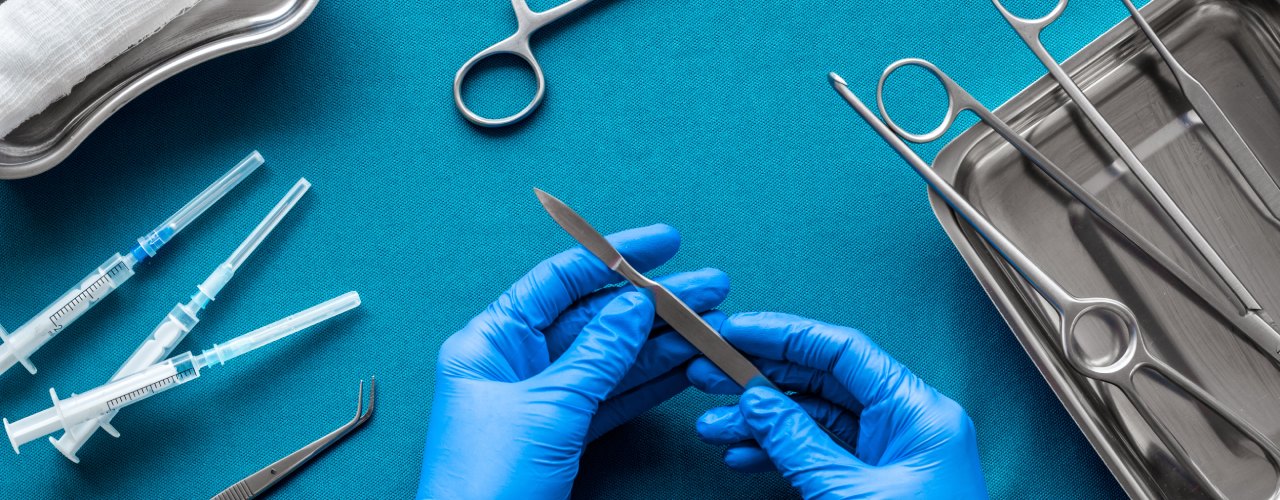Before embarking on the journey of studying medicine, you need to familiarize yourself with the various surgical tools that are essential in the medical field. Understanding these instruments aids in grasping surgical procedures and ensures a smoother transition into clinical practice.
Let’s look at surgical tools to understand before studying medicine and why they are vital in the field.
Scalpel
A scalpel is a sharp, precise cutting tool used to make incisions during surgery. It consists of a handle and a thin, replaceable blade that can vary in size and shape depending on the type of surgery being performed. These blades are usually made of stainless steel and come in both disposable and reusable options. The use of a scalpel requires skill and precision as it creates clean, straight cuts without causing damage to surrounding tissues.
Forceps
Forceps are handheld instruments with two blades used for grasping, holding, or manipulating tissues during surgery. They come in various shapes and sizes, each designed for specific purposes, such as grasping delicate organs or clamping blood vessels. Forceps are stainless steel and have a locking mechanism to secure them while performing procedures. They require proper handling and care, as they can easily cause tissue damage if not used correctly.
Retractors
Retractors are essential surgical tools that aid in keeping tissues or organs out of the way during surgery. They come in various forms, including handheld retractors, self-retaining retractors, and table-mounted retractors. These instruments allow surgeons to have better visibility and access to the surgical site without causing any obstruction.
Sutures
Sutures, also known as stitches, close incisions or wounds after surgery. They consist of a needle attached to a thread made of either absorbable or non-absorbable material. Absorbable sutures dissolve over time, while non-absorbable sutures require removal by a health-care professional once the wound has healed. Sutures come in various sizes and materials depending on the type of surgery and location of the incision.
Scissors
Scissors are another essential surgical tool used for cutting tissues, bandages, or materials during surgery. They consist of two sharp blades with handles that can be straight or curved depending on their intended use. Scissors come in various sizes and types, such as Mayo scissors for cutting tough tissues and Metzenbaum scissors for delicate tissues. Proper handling and care are necessary when using scissors to avoid any injury to the patient.
Understanding these surgical tools and their functions is crucial for any medical student. It helps in learning surgical procedures and emphasizes the importance of proper handling and care when using these instruments. After understanding the importance of surgical trays to hold all of this equipment and the role of a surgical technologist in preparing and handling instruments, it becomes evident that surgical tools are an integral part of medical practice. As a future health-care professional, having a thorough understanding of these instruments will ensure safe and effective patient care.





